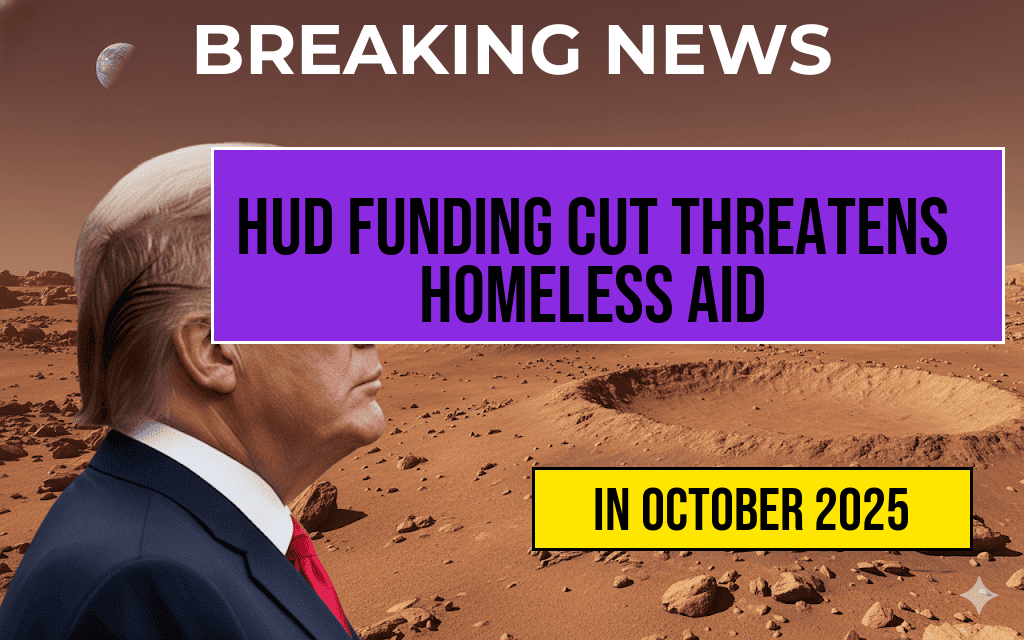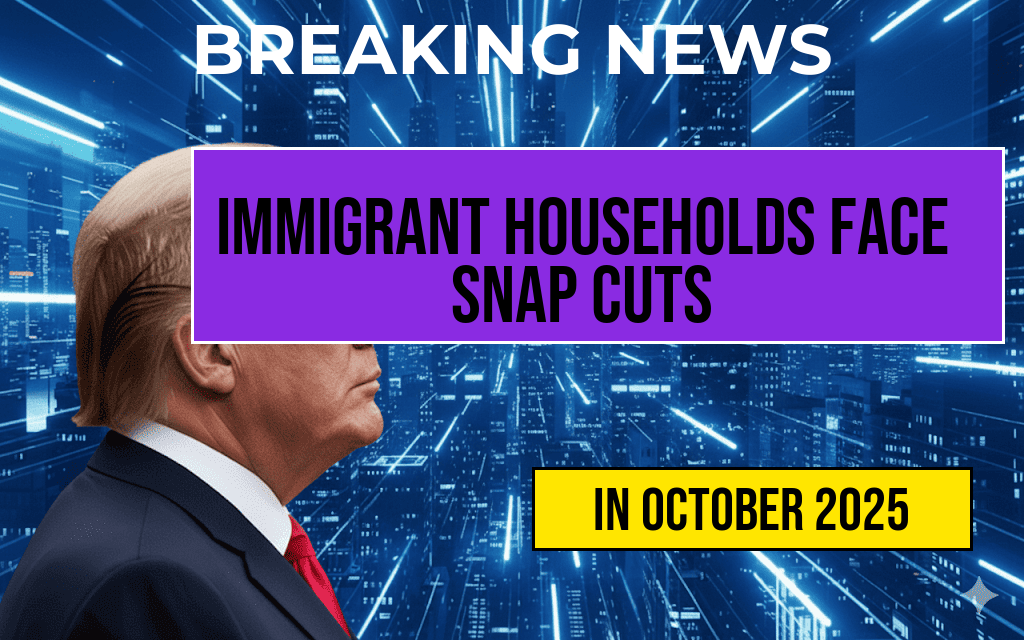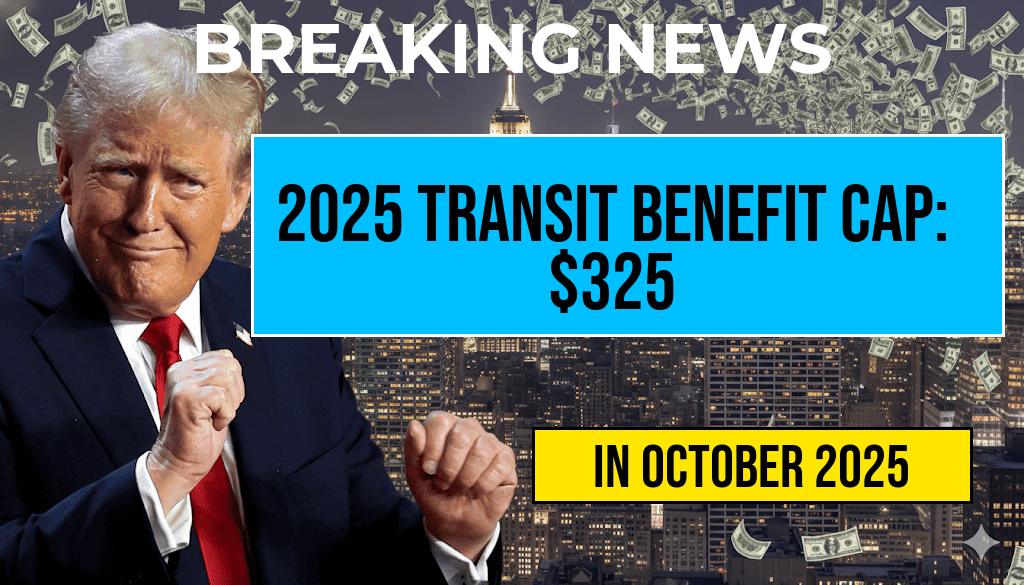Recent decisions to significantly reduce the Department of Housing and Urban Development’s (HUD) funding have sparked concern among advocates and local officials, as the federal agency plans to cut its budget from $3.3 billion to just $1.1 billion for the upcoming fiscal year. This drastic decrease threatens to undermine critical programs designed to combat homelessness across the nation, leaving approximately $170,000 in vulnerable communities at heightened risk of displacement and instability. The shift in funding levels raises questions about the federal government’s commitment to addressing a persistent social crisis, especially amid rising housing costs and limited affordable options.
Impact of Funding Cuts on Homelessness Programs
The proposed reduction in HUD’s budget is expected to directly affect a broad spectrum of initiatives aimed at preventing and reducing homelessness. These include emergency shelter funding, supportive housing programs, and rental assistance efforts. Local agencies and nonprofits that rely heavily on federal grants warn that diminished resources could slow or halt ongoing projects, exacerbate housing shortages, and leave thousands without essential support systems.
Specific Areas at Risk
- Emergency Shelter Operations: Many shelters face closures or reduced capacity due to lack of operational funds, forcing homeless individuals to seek unsafe or distant alternatives.
- Supportive Housing: Programs that integrate housing with services like mental health and addiction treatment are vulnerable to budget cuts, risking the loss of vital long-term solutions.
- Rental Assistance and Vouchers: Shortfalls in funding threaten to limit the availability of housing vouchers, leaving many families and individuals in unstable living situations.
Community Consequences of Reduced Funding
Experts warn that diminished federal investment could undo years of progress made toward curbing homelessness. Data from the Department of Housing and Urban Development indicates that, despite challenges, the nation has seen some improvements in reducing homelessness in recent years. However, with the new budget proposal, these gains could be reversed.
Potential Rise in Homeless Population
Without sufficient support, vulnerable populations—particularly those experiencing mental health issues, chronic illnesses, or fleeing domestic violence—may find themselves increasingly unable to access stable housing. This could lead to a surge in homelessness, putting additional pressure on local emergency services and healthcare systems.
Economic and Social Ramifications
Beyond the immediate human toll, the economic costs of increased homelessness are significant. Studies link rising homelessness to higher healthcare expenditures, increased law enforcement activity, and decreased productivity. Communities with higher homelessness rates often experience declining property values and increased public health concerns, which can further strain municipal resources.
The Broader Political Context
The proposed funding cuts come at a time of heightened debate over federal priorities and budget allocations. Critics argue that reducing HUD’s budget reflects a deprioritization of social safety nets, especially amid ongoing economic uncertainties. Supporters of the cut, however, contend that reallocating funds allows for more targeted spending and fiscal responsibility. Nevertheless, advocates emphasize that affordable housing and homelessness prevention should remain central to national policy efforts.
Response from Stakeholders
| Group | Position |
|---|---|
| Homelessness Advocacy Groups | Express deep concern, warning of increased hardship and urging for preservation of funding levels |
| Local Government Officials | Highlight the potential for service gaps and increased costs for emergency response |
| Federal Budget Advocates | Argue that budget adjustments are necessary for overall fiscal health, but acknowledge risks to vulnerable populations |
Looking Ahead: Policy and Funding Strategies
As the federal government navigates these budgetary decisions, many experts call for increased emphasis on innovative funding models and partnerships with private sector entities. Expanding affordable housing development, streamlining access to rental assistance, and investing in mental health services are seen as critical steps to mitigate the impacts of budget reductions.
For more information on homelessness trends and federal housing policies, resources like the Wikipedia page on homelessness in the U.S. and reports from Forbes offer valuable insights into ongoing challenges and potential solutions.
Frequently Asked Questions
What is the impact of the HUD funding cut on homelessness programs?
The reduction in HUD funding from 3.3 billion to 1.1 billion significantly limits resources available for homelessness prevention and support services, increasing the risk of vulnerable individuals and families losing essential assistance.
How does the funding cut specifically affect vulnerable populations?
The decrease leaves approximately $170,000 vulnerable in funding, which could result in fewer shelter beds, reduced outreach programs, and diminished support for those experiencing or at risk of homelessness.
Why was the HUD funding reduced from 3.3 billion to 1.1 billion?
The funding cut is primarily due to shifts in federal budget priorities, budget constraints, and policy changes aimed at reallocating resources, but it raises concerns about the adequacy of support for homelessness initiatives.
What are the potential long-term consequences of this funding reduction?
Reduced funding may lead to increased homelessness, higher housing instability, and greater societal costs in healthcare, emergency services, and law enforcement due to insufficient support and prevention efforts.
What can communities do to address the challenges posed by the funding cut?
Communities can advocate for increased federal funding, seek alternative funding sources, and implement local initiatives to support at-risk populations and mitigate the effects of decreased HUD resources.






